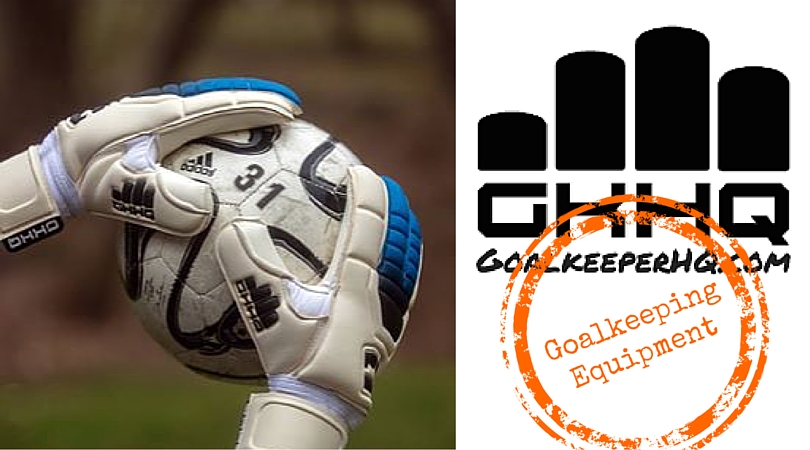SOCKS
Buying soccer socks seems like an obvious choice. Your team admin or coach tells you which socks to order as a part of your uniform and those are the socks you then wear in your matches.
But what about in training? Are there any socks that can give you an advantage? Ten years ago socks were very minimalistic, but these days soccer socks vary greatly in material, construction, technology and price.
KEY COMPONENTS TO LOOK OUT FOR:
Moisture/Sweat Control – every brand has their own sweat-wicking technology.
– adidas: ClimaLite or ClimaCool
– Nike: Dri-FIT
– Under Armour: HeatGear, UrmourDry
– PUMA: CoolPlus Yarn, CoolCell, DryCell
Length
- Over the calf – Standard
- Ankle – Used for technical training when shinguards not needed
- Over the knee – Used to protect knees from grazing
Tip:
Some GK’s wear small, softly cushioned ankle socks and cut the foot part out of the team color sock. This allows for a comfortable fit on the foot whilst not compromising uniform colors.
Cushioning and support
Higher end socks are now designed specifically to fit the left or right foot. This leads to strategic cushioning for better support and comfort. These socks will usually have an L or R on the big toe to designate which is which.
Other components:
– Arch support
– Ribbed ankle support
– Mesh ventilation
– Achilles cushioning
– Anti-odor technology
For match play, your socks must completely cover your shin guards. Some players prefer to wear their match socks pulled up over the knees while others like to fold them down. This is a personal comfort, style preference.
HOW MANY PAIRS DO YOU NEED?:
Match – At least 2 pairs, if not more, of your home and away kits. Tournaments can involve playing 4+ games in the span of a few days, and wearing dirty socks multiple times can cause blisters, athlete’s foot, or other damages to your feet. You also never know when one could rip due to a poor challenge, bad weather or just general overuse.
Training – At least 5 pairs. When you get to a high-level you are training almost every day if not twice a day. This way you don’t have to do laundry as frequently or you have extra in case a few rip. It is not that socks are not durable enough, but you wear them so often in all types of weather conditions that they will give out at some point and you need to be prepared. While your season may only last a number of months, for many, training is year-round.
Shin Guards
Often times your shin guard can dictate how you wear your socks.
For guards with built-in ankle protection (usually preferred by younger players), players attach the guard to their leg and then pull their socks over them.
For guards without ankle protection, players put on their socks and cleats on before positioning their shin guard. Socks are then pulled up and over the guard.
There are a few methods of keeping your shin guard in place. You can wrap tape above and below to lock the guard in. There are also guard sleeves you can put on under your sock that hug the guard to your leg. Depending on the brand, these will either come with the shin guards that you purchase or you may have to buy them separately.
Some players like to wear shin guards layered over one sock and then topped with another sock. This double sock method can help reduce blisters.
